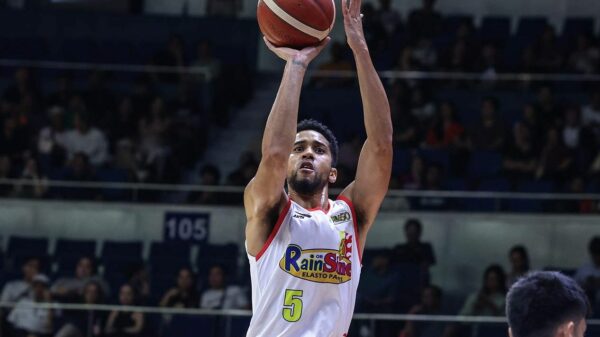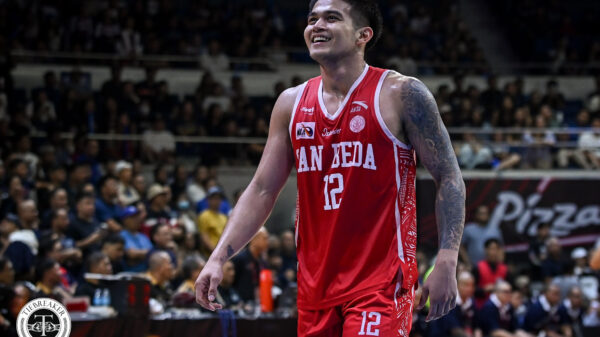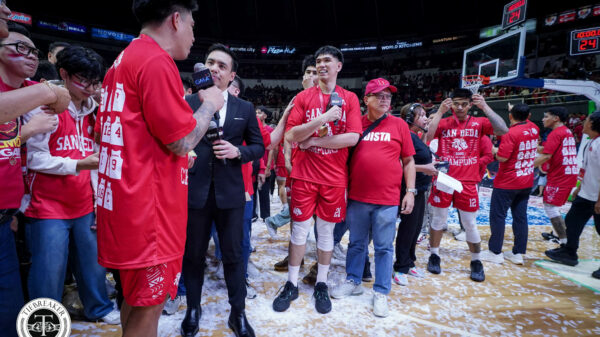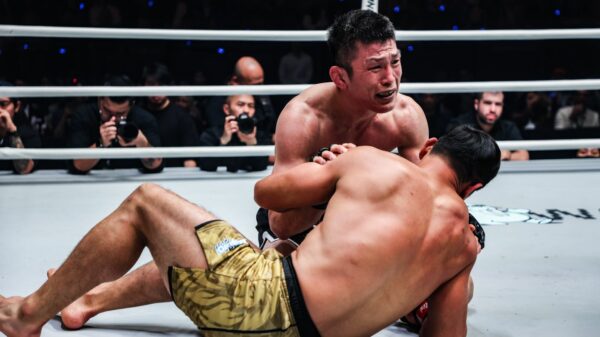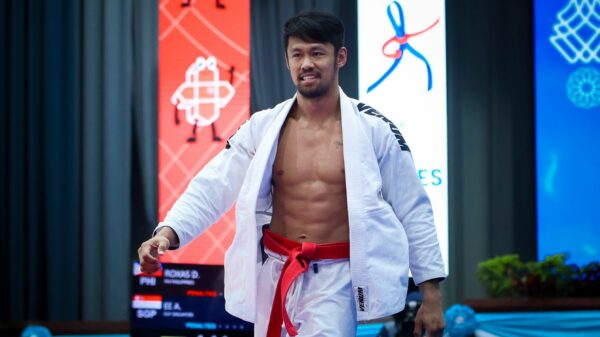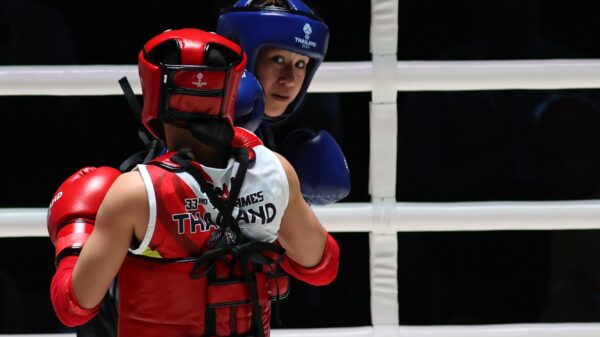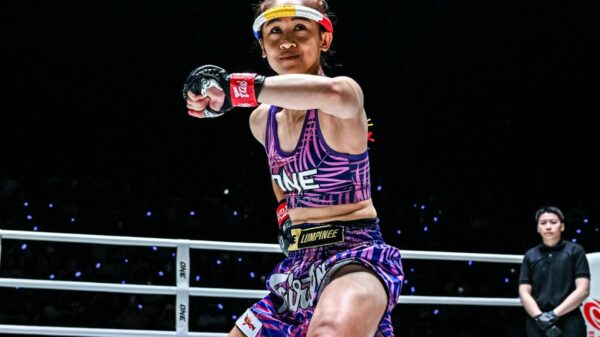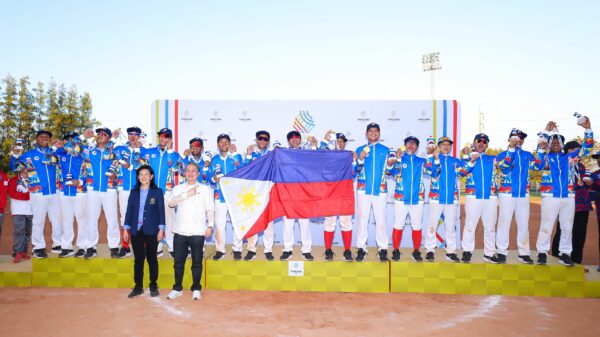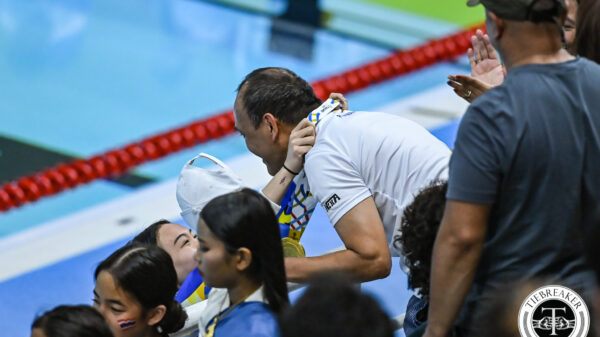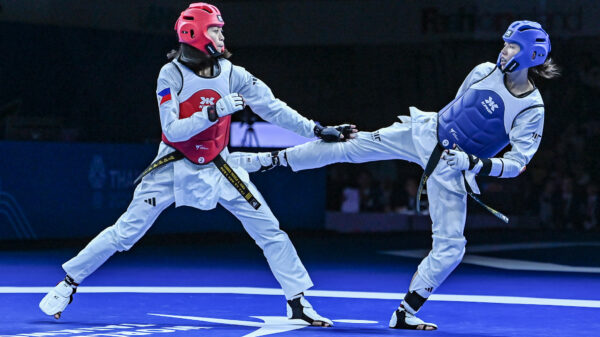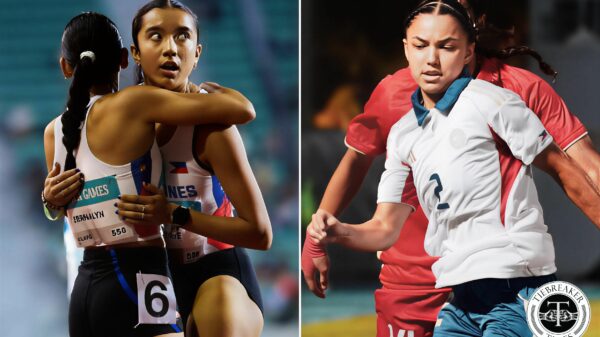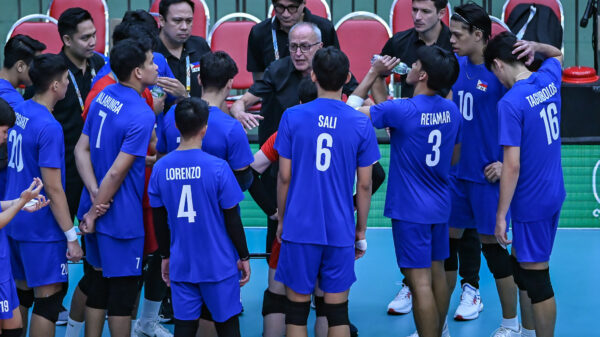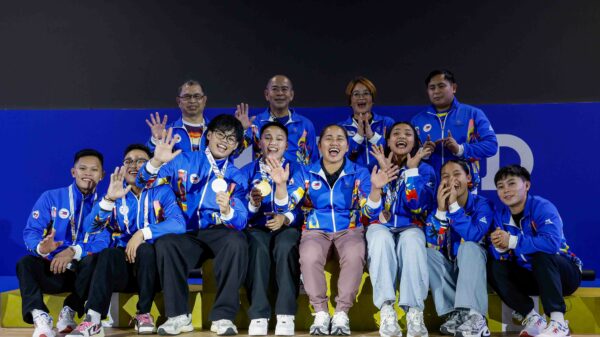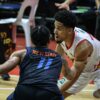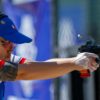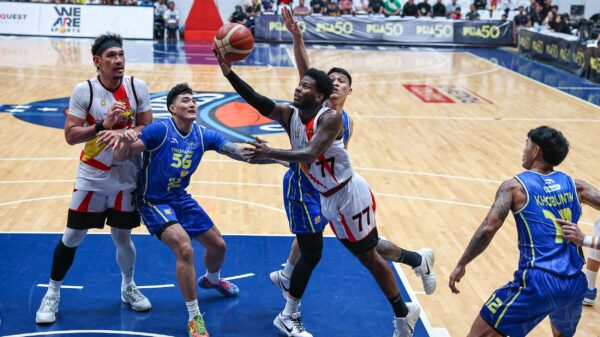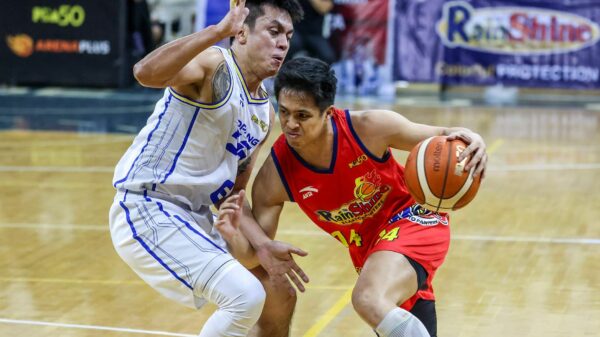The Philippines and Japan may be miles away from each other in the current FIBA World Rankings — the former is ranked 30th, while the latter placed at 50. But, as they say, those are just numbers.
Historically speaking, the Filipinos and the Japanese have a deep basketball rivalry. Unlike their rivalries with in China and South Korea, though, the Philippines has the edge over Japan.
The last time both teams battled each other was two years ago during the semifinals of the 2015 FIBA Asia Championship in China. In that match, Gilas Pilipinas — eventually the runners-up — won through an 81-70 decision.
On the other hand, it has been a long time since the Akatsuki Five dealt the Southeast Asian powerhouse a beating. It happened 13 years ago in the FIBA Asia Challenge 2004, where they lambasted the Filipinos, 106-46.
There may have been blowouts in the past, but in this the FIBA World Cup 2019 Asian Qualifiers, the chances of that are slim considering the amount of preparations both teams have gone through over the past few weeks.
Looking at the match-ups, it would be interesting to see how much of an impact naturalized players Andray Blatche and Ira Brown will bring. But in this looming bout, there is so much more than the two Americans.
Both squads are fielding in guard-heavy line-ups in the November 24 match in Tokyo. For Gilas, their backcourt will be led by two-time FIBA Asia silver medalist Jayson Castro alongside young stars Kiefer Ravena and Matthew Wright.
Japan, meanwhile, will bank on Daiki Tanaka, sharpshooter Takatoshi Furukawa, and Yuki Togashi, who had a memorable stint in the 2017 FIBA Asia Cup in Lebanon thanks to his numerous highlight-worthy plays.
But aside from the head-to-head among the cagers, all eyes will also be on the chess match between coaches Chot Reyes and Julio Lamas, as this will be their second meeting after crossing paths back in the 2014 FIBA World Cup.
By the numbers, turnovers will be the facet that many will be observing from both teams. The two teams were the least error-prone back in the 2017 Asia Cup — Gilas just averaged 12.3 turnovers per game, while Japan had 12.5.
And of course, another thing that will be checked heavily is both teams’ outside shooting. Judging yet again from the 2017 Asia Cup, the Japanese shot 43.2 percent of their three-balls, while the Filipinos nailed just 39.5 percent.
With those factors mentioned, the team that will construct better defensive schemes to force the other into making miscues and will catch fire from the outside might prove to be the one who will have a favorable advantage.
The Philippines-Japan face-off will take place this Friday at the Komazawa Stadium at 6:00 PM (Manila time).

